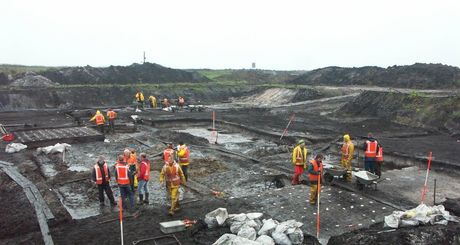 A noter / Autour de la Préhistoire
A noter / Autour de la Préhistoire 

Congrès, colloques, réunions
30 août 2017 - 3 septembre 2017
Maastricht

Under the conference motto Building Bridges key themes were selected for the 23rd Annual Meeting of the EAA. The themes chosen by the EAA Executive Board, the Maastricht Conference Organisers and the Scientific Committee address the currently most important issues at stake in archaeology in relation to society. In one way or another all themes have the aim to build bridges: between projects, countries and disciplines as well as between social groups and cultures. Therefore in most cases, a multi-, inter- or transdisciplinary approach seems necessary. Sessions integrating Archaeology with other subjects such as History, Anthropology, History of Art, History of Science, Sociology, the Arts and/or Citizen Science are especially welcome. Archaeology’s relevance for society should be demonstrated and insights given into what it means to be human. Meetings of the EAA have always focused on archaeological theory and methodology, interpretation and heritage management. In Maastricht, however, we want to move ahead and to get more focus without losing what is of value. So within all themes it will be possible to fit sessions which raise ‘theoretical and methodological perspectives in archaeology’ (all themes) or centre either on ‘interpreting the archaeological record’ (themes 3, 4 and 5) or ‘managing the archaeological heritage’ (themes 1 and 2).
Six Conference Themes
1. Twenty-five Years after Maastricht: Archaeology and Europe's future
2. The Valletta Convention: the next 25 years
3. Trans- and Metadisciplinary Approaches in Archaeology
4. The 'Third Science Revolution' in Archaeology
5. Comparing Archaeology Across Regions and Periods
6. Interpreting the Archeological Record
Voir aussi
- Early Mediterranean metallurgy: technological innovation and cross-craftsmanship
- The siliceous raw materials of northwestern Europe : transnational dialogue on the characterization of raw materials
- Earthen architectures from the Neolithic to the Iron Age: detection of structures and characterization of building techniques


